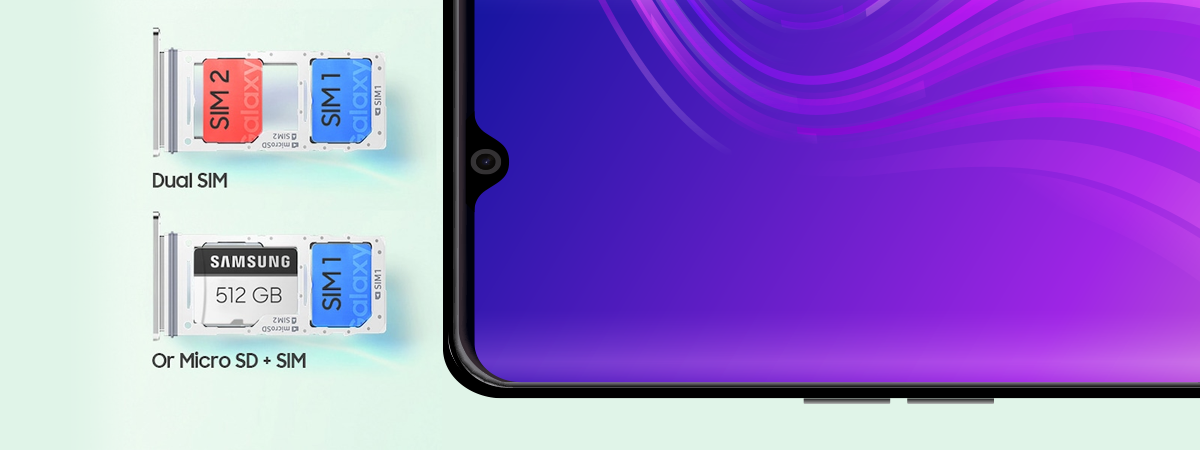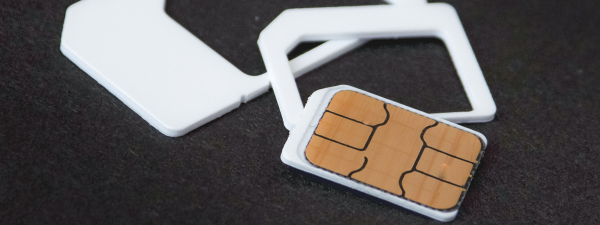
All the smartphone manufacturers and mobile operators are talking about 5G and its many benefits. We see more and more advertisements about how great 5G is and why you should have it. But why is that? Even anti-vaxxers are obsessing about 5G, not just governments or smartphone manufacturers. In this article, we explain what 5G is, what 5G means, and which its benefits are:
What is 5G? What does 5G mean?
5G doesn’t come from 5 GHz, 5 Gigabits, or five chips we’re injected with through vaccines. 🙂 Joke aside, 5G only means the fifth generation of mobile telecommunications. Just as 4G was the fourth generation, 3G was the third, and so on.
5G is not just one technology that is implemented a certain way, but a collection of telecommunications technologies that add up to a 5G network together. The main technologies that compose a 5G infrastructure are:
- Millimeter waves - the frequencies or the radio waves through which devices communicate through a network. In the case of a 5G network, there are many more of these available compared to 4G, but they are also more easily absorbed by walls, buildings, or weather events like rain or snow.
- Small cells - interconnected relays that transmit the radio waves used for 5G connections. In urban areas, 5G networks require a higher density of relays for data transmission.
- Massive MIMO - an adaptation of the MIMO technology found in Wi-Fi networks like the one managed by your home router. It allows a large number of devices to send and receive data from a 5G relay.
- Beamforming - another technology borrowed from the world of wireless networks that enables 5G relays to direct dataflows towards the location of network devices. This technology minimizes interference between the different networks and radio waves in a specific area.
- Full Duplex - allows the antennas on a 5G relay to send and receive data simultaneously on the same frequency instead of alternating between sending and receiving.
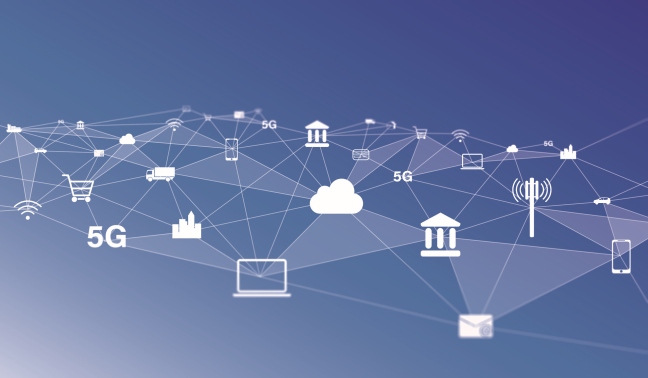
5G networks want to connect even more devices
As you can see, some of the technologies used by 5G networks have their roots in Wi-Fi networks, but they were adapted to mobile telecommunications. This explains the confusion between 5G and the Wi-Fi 5 standard or the 5GHz frequencies used for Wi-Fi. You can find more information about wireless networking standards in this article: What is Wi-Fi 6, Wi-Fi 5 and so on?
If you want to know more about 5G mobile networks, we recommend this video made by the IEEE Spectrum - the largest publication dedicated to engineering and applied sciences:
Who invented 5G?
The 5G “standard” was not invented by one company. It is the result of the collaboration between several companies, under the umbrella of the 3rd Generation Partnership Project (3GPP) - a consortium that takes care of developing standards and telecommunications protocols. This consortium includes companies from the US, Europe, Japan, China, India, and South Korea.
Why should I care about 5G? What benefits do 5G networks offer?
For now, the benefits of 5G networks are more theoretical than practical. This is because it will take many years for mobile operators to build a complete 5G infrastructure in their countries. In the next couple of years, we will have mostly 4G networks mixed with 5G capabilities. Only in busy urban areas, we are going to have relatively “complete” 5G networks. For example, the European Union plans to have uninterrupted 5G coverage in all its major cities and its main transport routes until 2025. You can find more details about this subject in Europe’s 5G Action Plan. Also, the department of commerce of the United States declares in its implementation plan that 5G will become one of the main factors in the country’s prosperity and security in the 21st century and that it is going to be a strategic investment.
Higher data transmission speeds
The main benefit for all users of 5G networks is increased speed. In a typical 4G network, the average speed at a global level is 25 Mbps. In urban areas with solid 4G LTE infrastructure, the speed increases to somewhere between 200 and 500 Mbps. With 5G, speeds can start at 1Gbps and reach up to 10 Gbps. Such speeds are revolutionary and compete with wired fiber-optic networks. Imagine watching a Netflix movie in 4K on a smartphone or tablet at a speed that’s similar to your SmartTV when it is connected through a cable to a 1 Gbps network.
Low latency
It is estimated that 5G networks are going to offer, on average, a latency between 10 ms and 1 ms - a significant improvement on the 50 ms offered by 4G networks. Reduced latency will be an essential benefit in many use-cases, like telemedicine (medical procedures made remotely, through robots that people control), interconnected self-driving cars, IoT devices from industrial environments, and so on.
Reduced latency is also a significant benefit for gamers who play many online games. What about playing Fortnite without lag on your smartphone while riding the bus to college?
To make things even funnier, some experts say that real-time betting services will explode due to 5G and its reduced latency. I’m also thinking about people who invest in stocks and how they will be able to respond faster to changes in real-time. What about you?
More devices connected to the internet
Each year we have more and more devices that require an internet connection. This means that existing 4G networks get busier and slower. 5G allows for an explosion of the number of devices that get connected to the network, as it can support 100 times more than 4G networks.
Less energy used by connected devices
5G networks are more efficient than 4G ones. This allows mobile phones and other devices connected to them to use less energy for data transmission. This means increased battery life for all users, especially if they have an iPhone with a small battery. 🙂
Does a 5G smartphone cost a lot?
The most popular 5G devices are smartphones. In the beginning, 5G support was offered only for premium, expensive smartphones that most people can’t afford. Today, we have more and more 5G smartphones with accessible prices. A recent example is realme 8 5G - which costs about 280$ or 229 Euros - a price that many can afford.
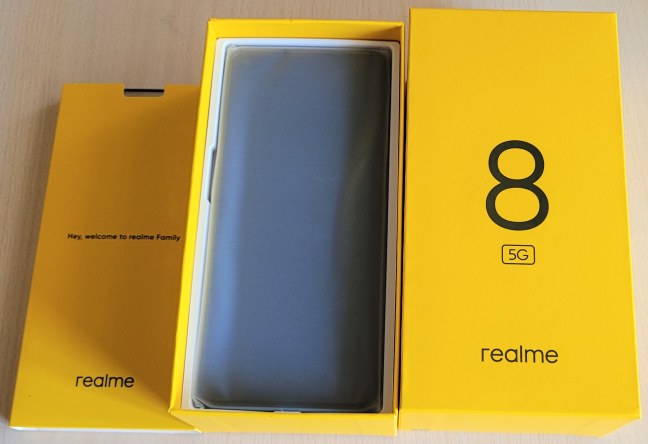
The packaging used for realme 8 5G
Alongside the affordable price, the 5G variant of realme 8 looks good, and it offers hardware that performs better than the 4G variant of the same model. This is often the case for 5G smartphones, as they need newer processors and chips than 4G models.
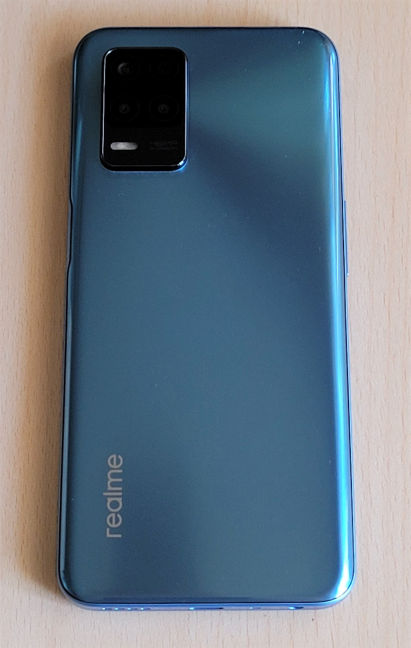
realme 8 5G - an affordable 5G smartphone
If you want to know more about 5G smartphones, what models are available, and their specs, see the up-to-date list created by GSMArena: 5G Phone Finder.
What do you think about 5G?
Now you know about 5G networks and what novelties they bring to the world of smartphones, and not only. At the end of this article, tell us your opinion. How do you believe 5G networks are going to be built in your country? Do you want to buy a 5G smartphone? Also, if you are in an area with 5G coverage, tell us about your experience with such networks. Comment below, and let’s discuss.


 20.05.2021
20.05.2021 
